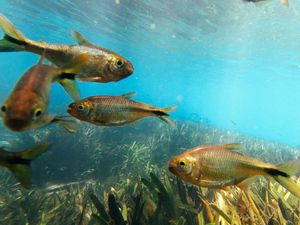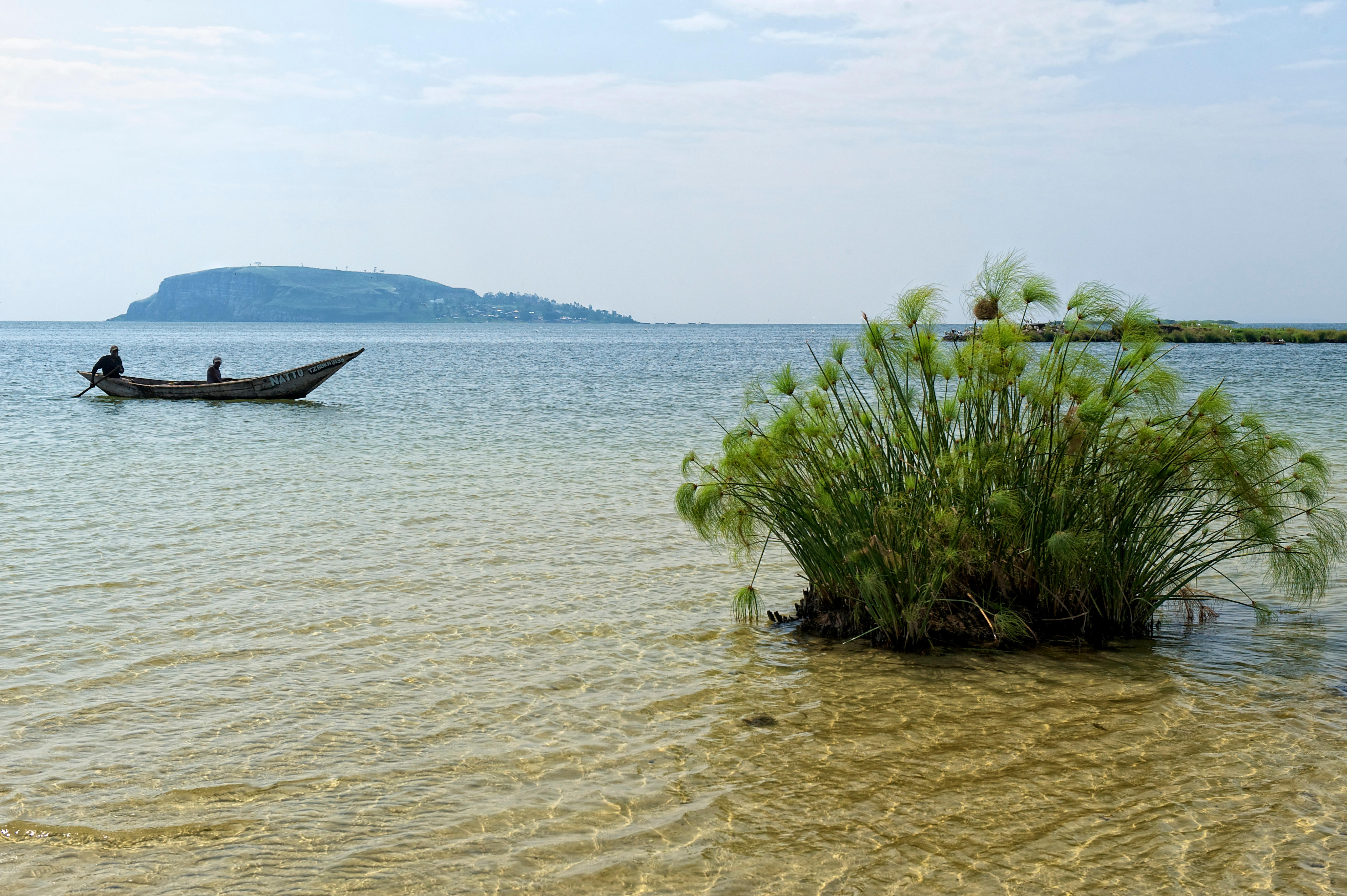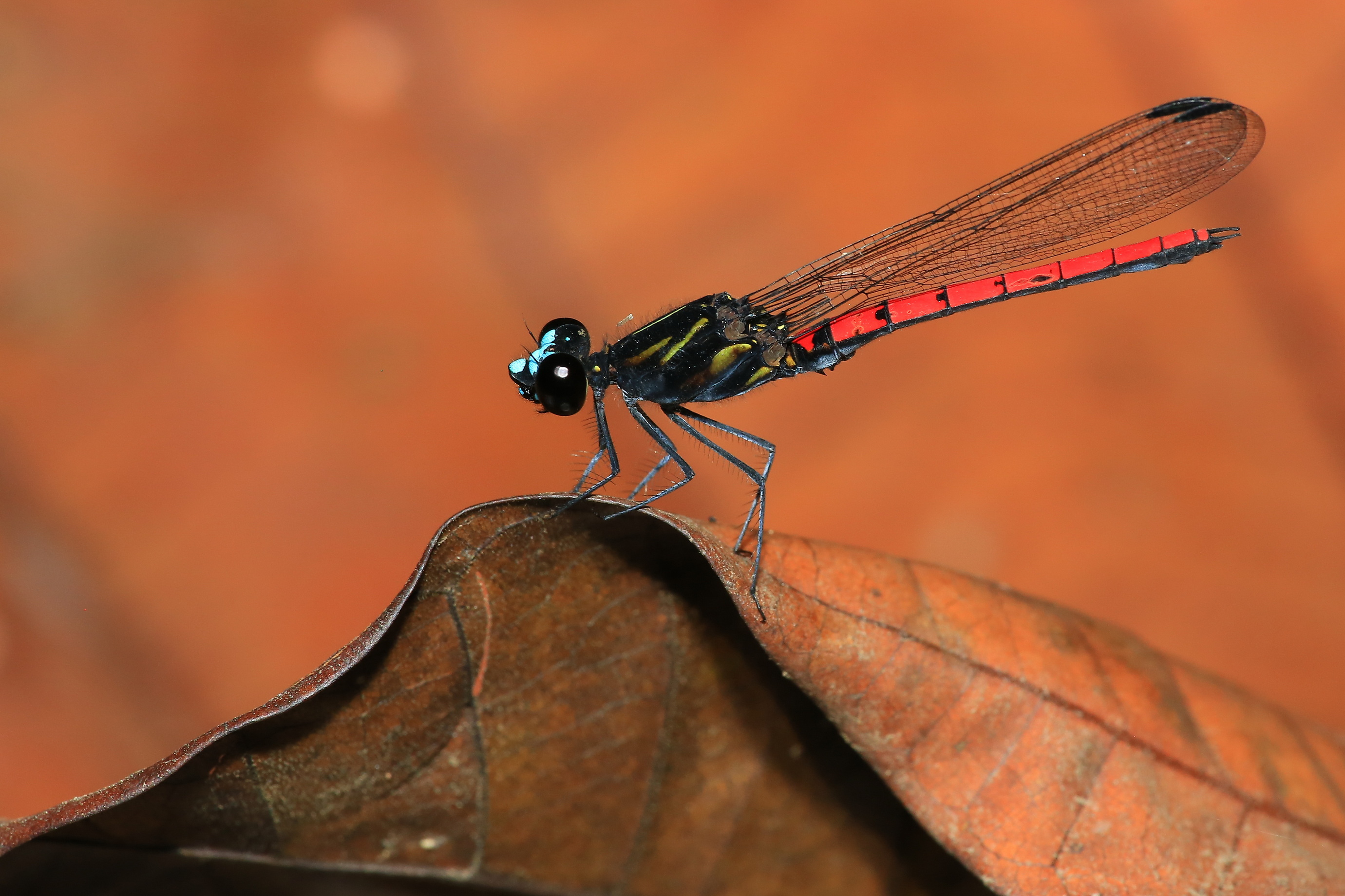Quarter of freshwater animals at risk of extinction, conservationists warn
A major global analysis examined the extinction threat to 23,496 freshwater species of fish, dragonflies, damselflies, crabs, crayfish and shrimp.

Almost a quarter of freshwater creatures, from fish to dragonflies, are at a high risk of extinction worldwide, scientists have warned.
The global assessment of freshwater animals on the International Union for Conservation of Nature’s (IUCN) Red List of Threatened Species evaluated the extinction risk of 23,496 freshwater species of fish, dragonflies, damselflies, crabs, crayfish and shrimp.
The study published in the journal Nature found that 24% of freshwater animals were at a high risk of extinction.
Pollution, primarily from agriculture and forestry, were hitting more than half of those threatened.

Freshwater habitats are also being damaged by conversion of land for agriculture, water extraction and dams which also block fish migrations, while overfishing and the introduction of invasive non-native species are particularly driving extinctions.
More than a third of the world’s wetlands (35%) have been lost between 1970 and 2015, a rate three times faster than the world’s forests, while 37% of major rivers that are more than 1,000km (620 miles) long are no longer free flowing through their full length, the study warned.
It found the greatest number of threatened species are in Lake Victoria, Africa’s largest lake, Lake Titicaca in South America, Sri Lanka’s Wet Zone and the Western Ghats of India.
Rivers, lakes, streams and freshwater wetlands are a key habitat, supporting more than a tenth of all known species, including around a third of vertebrates and half of animals, even though they cover less than 1% of the surface of the Earth, conservationists warned.
The diversity of freshwater species provides essential services such as flood control, tackling climate change and processing nutrients and supports the culture and livelihoods of billions of people worldwide.
But comprehensive analysis of the risk of extinction faced by species primarily living in freshwater has been lacking until now, with data on animals living mainly on land being used to guide environmental action, the study co-authored by the IUCN said.
The scientists warned that while threatened amphibians, birds, mammals and reptiles found mainly on land often occupy the same areas, freshwater species face different threats, while factors such as water stress and nitrogen pollution do not tally up with where creatures are most threatened.
Protecting freshwater species requires monitoring and conservation action targeted directly at them, the IUCN said.
The IUCN’s freshwater biodiversity lead, Catherine Sayer, who was lead author on the paper, said: “Lack of data on freshwater biodiversity can no longer be used as an excuse for inaction.

“Freshwater landscapes are home to 10% of all known species on Earth and key for billions of people’s safe drinking water, livelihoods, flood control and climate change mitigation, and must be protected for nature and people alike.”
The assessment found that crabs, crayfish and shrimps face the highest extinction risk of the groups studied, with 30% under threat, followed by 26% of freshwater fish species, and 16% of dragonflies and damselflies.
A lack of assessment of molluscs meant they could not be included, but the overall level of extinction risk to freshwater species could be even higher if they were, the study warned.
In response to the study, Dr Matthew Gollock, from the Zoological Society of London (ZSL), said: “This report really drives home just how under threat freshwater species are globally as a result of human activities.
“The good news is, it’s not too late for us to tackle threats such as habitat loss, pollution and invasive species, to ensure our rivers and lakes are in good condition for the species that call them home.”





